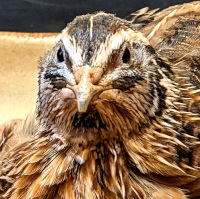Backyard quail culture: Small scale solutions for homesteaders.
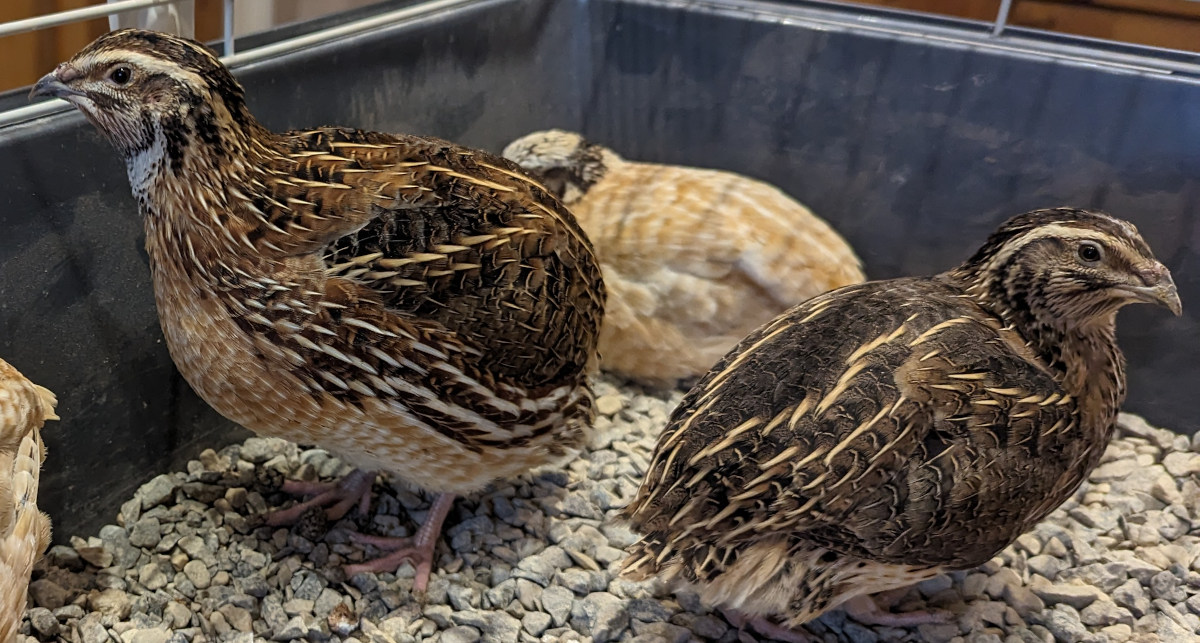
Dreaming of fresh eggs and a taste of self-sufficiency, but confined to the urban jungle? Look no further than the humble quail! These pint-sized poultry offer a surprising solution for city dwellers yearning for a connection to their food and a taste of the homesteading life.
Table of Contents
For urban dwellers yearning for a taste of self-sufficiency and fresh, local produce, quail farming might be the answer. These charmingly diminutive birds, unlike their larger poultry cousins, require minimal space and resources, making them ideal for backyards and balconies.
Why Choose Quail?
- Space-Friendly: Compared to chickens, ducks, or turkeys, quails thrive in surprisingly compact enclosures. A well-designed quail pen can occupy as little as 4 square meters, perfect for urban settings with limited space.
- Abundant Egg Production: Despite their size, quails are prolific egg layers, producing a delicious, nutrient-rich egg daily, even as early as 6 to 8 weeks old. Their eggs boast higher protein and iron content than chicken eggs, making them a valuable addition to any homesteader's diet.
- Low Maintenance: Quails require minimal feed and water, making them relatively inexpensive to maintain. Additionally, their quiet nature minimises noise concerns often associated with poultry in urban environments.
- Efficient Feed Conversion: Unlike larger poultry, quails have an impressive feed conversion ratio. They efficiently turn feed into eggs, making them a cost-effective option for urban homesteaders concerned about sustainable and economical practices.
- Sustainable Option: Backyard quail farming can contribute to a more sustainable lifestyle by reducing reliance on commercially produced eggs and meat. Their waste can be composted, enriching the soil for urban gardening.
Choosing the Right Quail Breed:
Selecting the appropriate quail breed is crucial for a successful backyard farm. Consider factors such as egg production, temperament, and adaptability to urban environments.
Below: There are dozens of breeds of Quail to choose from, each has different characteristics.
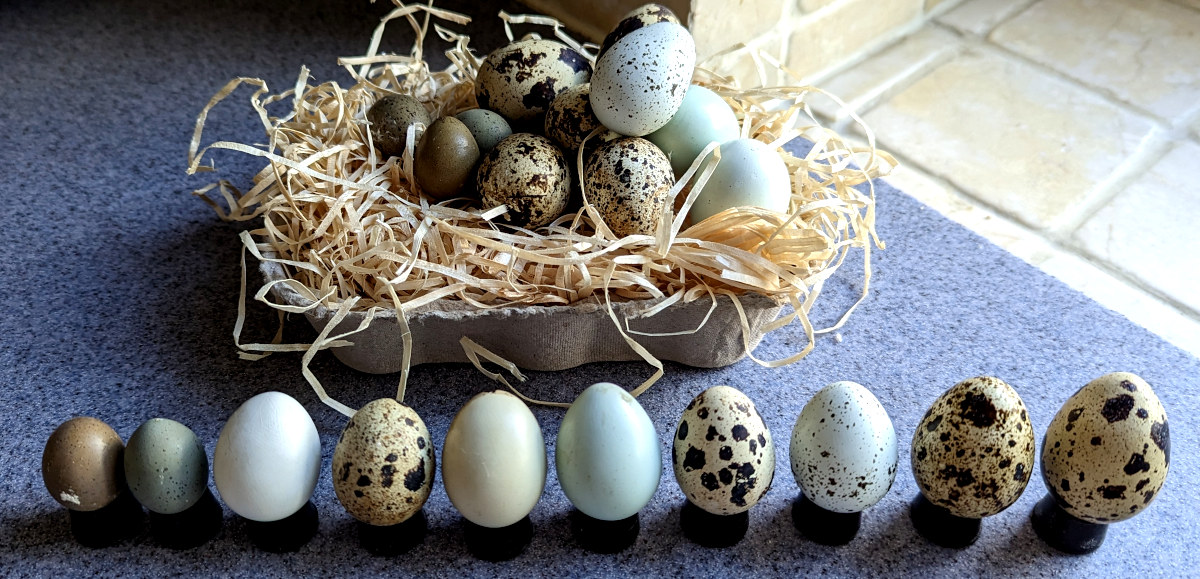
For the most productive quail breed I suggest the Texas A&M. They are good layers, quick to mature and the surplus males are grown on for meat.
Housing your quail:
- Commercial Quail Cages: Pre-built quail cages offer convenience and are readily available online or at farm supply stores. Ensure proper ventilation, light, and nesting boxes within the cage.
- DIY Quail Pens: For the crafty homesteader, constructing a pen from wood, wire mesh, and salvaged materials can be a cost-effective option. Remember to include a secure roof to protect against predators and harsh weather.
- Outdoor pasture cages: Taking advantage of the latest practises rearing on pasture in outdoor cages so the quail have access to natural foods.
- Vertical Quail Systems: Maximise limited space by utilising vertical structures like stacked cages or repurposed furniture for quail housing.
Feeding and Watering your Quail:
- Commercial Quail Feed: Provide a balanced quail feed mix specifically formulated for their nutritional needs. It is relatively cheap and easy to come by.
- Supplements: Offer grit for digestion and additional calcium sources for strong egg production.
- Fresh Water: Ensure constant access to clean, fresh water through automatic feeders or regularly refilled water dishes.
- Treats: Quail love a tasty treat as much as any other poultry.
Daily care of quail:
Provide clean, fresh water daily in leak-proof dispensers.
Quail need a high-protein, balanced feed mix specifically formulated for them. Supplement with grit for digestion and crushed oyster shells for calcium.
Offer occasional treats like leafy greens, chopped herbs, or millet sprays for enrichment and variety.
Have a schedule. Refill food and water in the morning and evening, adjusting portions based on your flock size and egg production.
Change soiled bedding in their enclosure regularly, at least once or twice a week, to prevent ammonia buildup and maintain good hygiene.
Below: Provide a dust bath filled with dry sand or ash for quail to preen and keep their feathers clean and healthy.
Clean droppings from trays or platforms daily to prevent attracting pests and promote sanitation.
Quail thrive in temperatures between 65-75°F (18-24°C). Avoid extremes and provide ventilation to prevent overheating.
Quail need around 14-16 hours of light per day for egg production. Use timers to control day and night cycles.
Ensure their enclosure is secure against predators like cats, hawks, or raccoons. Consider additional measures like netting or closed roofs.
Observe your quail daily for any signs of illness or injury, such as lethargy, ruffled feathers, or reduced egg production. Consult a veterinarian if needed.
Health and Safety:
- Acquire Healthy Birds: Start with healthy chicks or adult quails from reputable breeders to prevent disease outbreaks.
- Regular Cleaning: Maintain a clean and hygienic environment by regularly removing waste and disinfecting equipment.
- Common Health Issues: Stay vigilant for common health issues like respiratory infections and egg-laying problems. Regular health checks and a clean living environment can prevent many issues.
- Preventive Measures: Implement preventive measures such as vaccinations, proper sanitation, and a well-balanced diet to keep your quails healthy and thriving.
- Routine Care Practices: Establish a routine for cleaning, inspecting, and interacting with your quails. Regular care fosters a bond between homesteaders and their feathered companions.
- Predator Proofing: Secure the quail enclosure against potential threats like cats, hawks, or even rats.
Regulations and Permits:
Before embarking on your backyard quail adventure, research local ordinances and regulations regarding poultry ownership within your urban area. Obtain any necessary permits or licenses to ensure compliance and avoid potential conflicts.
Below: Hatching your own can be fun and educational.
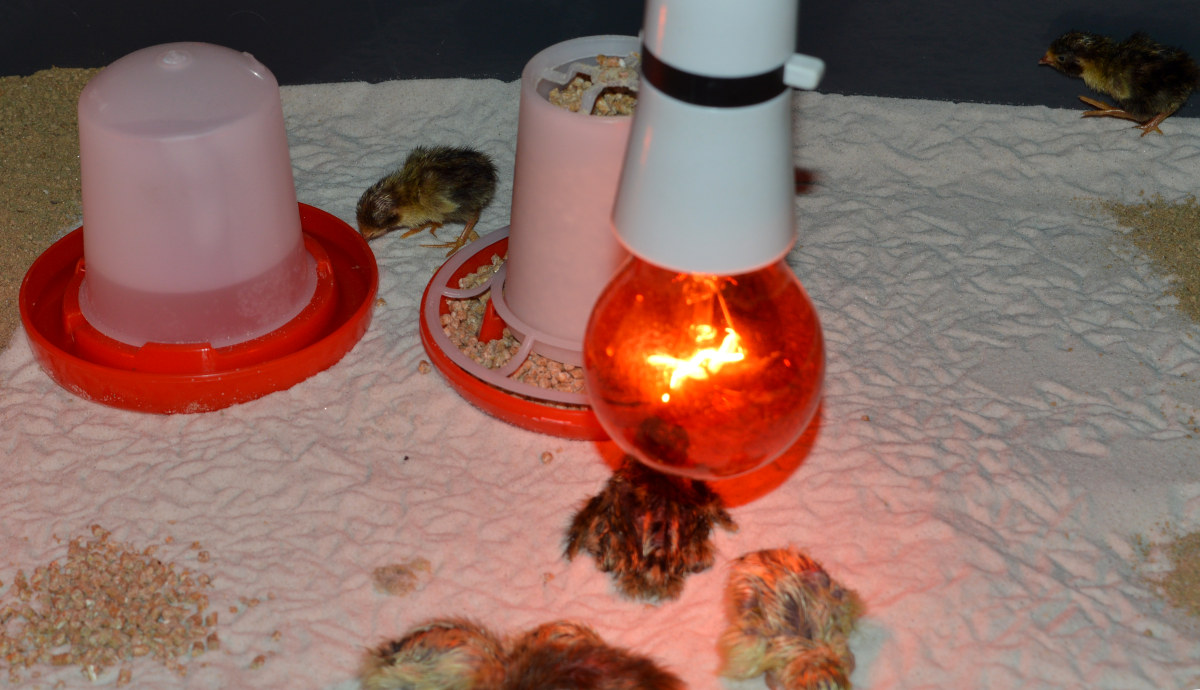
Quails are relatively quiet, making them suitable for urban environments. However, consider your neighbours and local regulations to ensure a harmonious coexistence.
Where to get your stock and how much to pay for them:
Quail are pretty easy to come by, you can buy chicks, fully grown birds or hatching eggs and their is an option to suit every pocket.
Below: Hatching your own quail eggs is a popular way to get started.
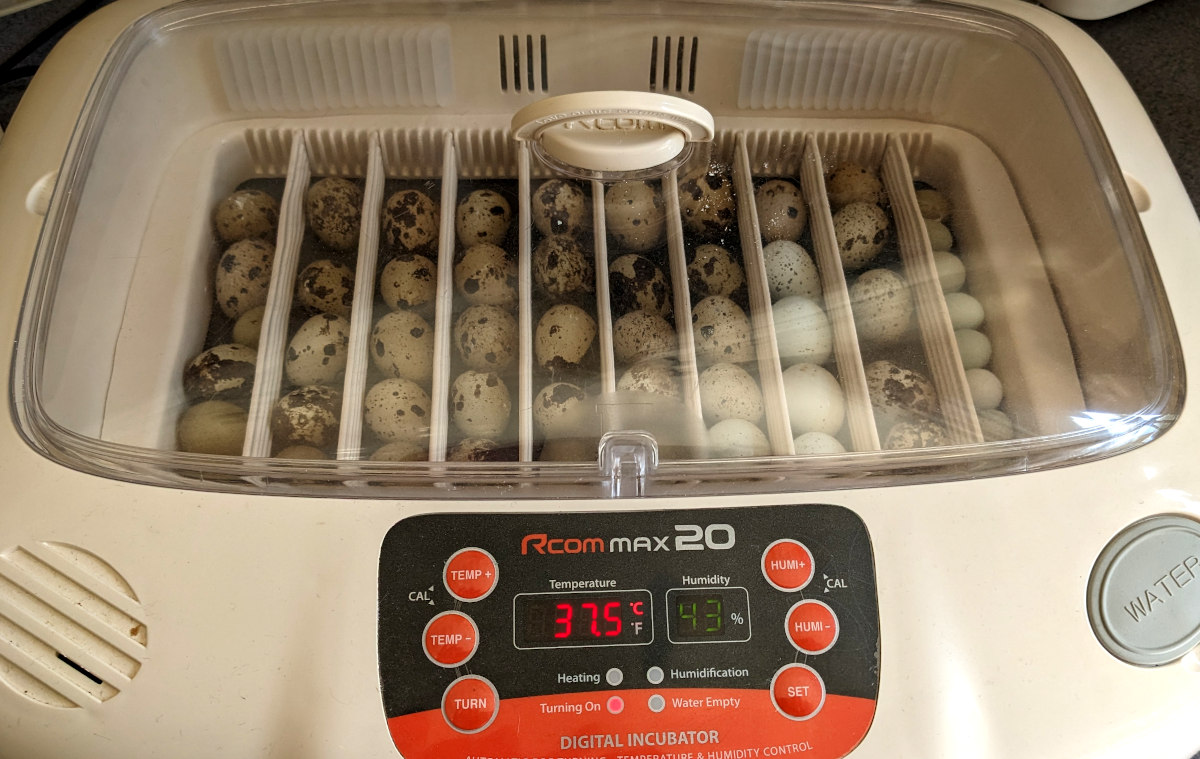
Acquiring the feathered friends for your backyard quail farm involves exploring several options, each with its own pros and cons, price considerations, and availability. Here's a breakdown:
1. Hatcheries and Breeders:
- Pros: Reliable source for quality breeds, chicks of different ages, and potential guidance from the breeder.
- Cons: May require traveling or ordering online, potentially higher costs compared to other options.
- Cost: Expect prices to range between $2-$10 per chick, depending on breed, age, and breeder reputation.
2. Farm Supply Stores:
- Pros: Convenient if readily available in your area, offer chicks or sometimes adult quail.
- Cons: Limited breed selection, less specialized knowledge compared to hatcheries or breeders.
- Cost: Prices can be similar to hatcheries, potentially higher for adult quail.
3. Classifieds and Online Marketplaces:
- Pros: Find local sellers, potentially good deals on adult quail or laying hens.
- Cons: Quality and health of birds might be unclear, requires caution and careful investigation.
- Cost: Prices can vary greatly, bargain for chicks between $1-$5 per bird, while adult quail and laying hens might cost $5-$15 each.
4. Quail Clubs and Community Groups:
- Pros: Potential access to ethically sourced birds, breeders often share tips and resources.
- Cons: Availability may depend on local networks, requires active participation in the community.
- Cost: Prices likely comparable to hatcheries or breeders, often involve membership fees for the club.
Things to Consider When Choosing a Source:
- Breed: Research breeds suitable for urban settings and your desired egg production or meat quality.
- Age: Chicks are adorable, but adults might start laying sooner.
- Health: Ensure birds appear healthy and active, ask for vaccination records if applicable.
- Reputation: Check reviews or references for breeders or sellers, prioritize ethical sourcing.
Remember: Price might not be the only factor. Invest in healthy, quality birds from reputable sources to start your backyard quail farm on the right foot. Good luck!
Above all: Enjoy the experience.
Backyard quail farming offers urban homesteaders a rewarding and sustainable way to produce fresh eggs, connect with nature, and experience the joys of raising their own food.
With careful planning, resourcefulness, and a touch of creativity, even the smallest city spaces can become havens for these delightful little birds. So, embrace the challenge, embrace the quails, and embark on your urban homesteading journey today!
